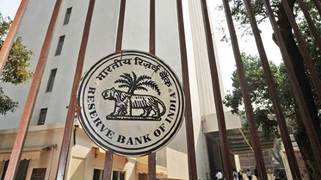Description

Disclaimer: Copyright infringement not intended.
Context
- The Reserve Bank of India (RBI) injected Rs 72,860.7 crore of liquidity into the banking system.

Details
- The money markets see bouts of surplus liquidity and shortfalls of liquidity at various points of time.
- The Reserve Bank of India (RBI), under its Liquidity Adjustment Facility, infuses liquidity in the banking system via repos and sucks it out using reverse repos.
- The RBI, after assessing liquidity conditions, uses a 14-day variable rate repo and/or reverse repo operation. The quantum is decided by the RBI. It discretionally also uses variable rate repo and reverse repo auctions on an overnight basis till up to 28 days.
- RBI also uses the Marginal Standing Facility, in which banks can borrow overnight money from RBI by offering government securities as collateral at the MSF rate. The RBI also uses the Standing Deposit Facility to absorb liquidity from banks without collateral.
- There are two other ways in which the RBI infuses liquidity into the system. The first method is called the Open Market Operations (OMO). When the RBI wants to infuse liquidity, it will buy bonds to that extent and when it pays for these bonds, the liquidity gets infused in the system. OMOs work both ways. RBI buys bonds to infuse liquidity and sells bonds to suck out liquidity.
- The other method is through dollar swap auctions. RBI buys bonds to infuse liquidity and sells bonds to suck out liquidity. The second method is through dollar swap auctions. In this method, the RBI absorbs the dollar deposits with the banks and gives them rupee funds instead.
Must Read:
https://www.iasgyan.in/daily-current-affairs/dollarrupee-swap-auction
https://www.iasgyan.in/blogs/bond-yield
https://www.iasgyan.in/daily-current-affairs/monetary-policy
https://www.iasgyan.in/blogs/key-economic-concepts-back-to-basics#:~:text=Monetary%20policy%20is%20the%20macroeconomic,%2C%20consumption%2C%20growth%20and%20liquidity













